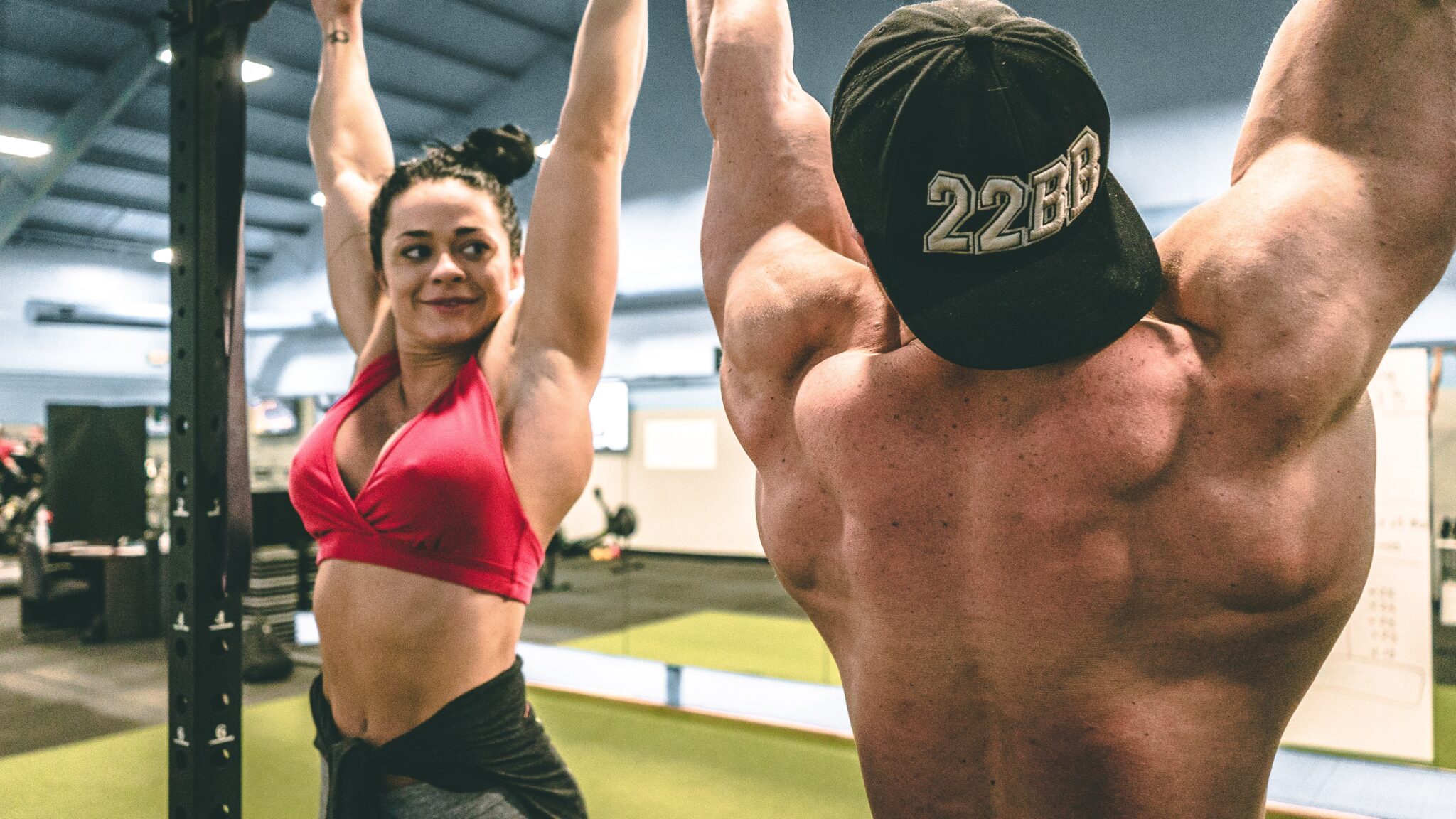Sumo deadlifts and conventional deadlifts are two popular variations of the deadlift exercise, each with its own set of benefits and considerations. Here’s a comparison of the two:
Sumo Deadlift:
- Stance:
- Wider stance with feet positioned outside shoulder width.
- Toes are often pointed slightly outward.
- Grip:
- Hands are placed inside the knees.
- Grip width is typically narrower than in conventional deadlifts.
- Body Position:
- Torso is more upright compared to conventional deadlifts.
- Hips start lower, and the lifter often has a more vertical back angle.
- Muscle Emphasis:
- Places greater emphasis on the quadriceps, adductors, and inner hamstrings.
- May be more hip-dominant compared to the conventional deadlift.
- Range of Motion:
- The range of motion may be shorter for some lifters due to the wider stance.
- Leverage:
- Some individuals with longer torsos or those with hip mobility limitations may find the sumo stance advantageous.
Conventional Deadlift:
- Stance:
- Narrower stance with feet positioned approximately hip-width apart.
- Toes can be pointed straight ahead or slightly outward.
- Grip:
- Hands are placed outside the knees.
- Grip width is typically wider than in sumo deadlifts.
- Body Position:
- Requires a more forward-leaning torso at the start of the lift.
- Hips start higher, and the lifter may have a more horizontal back angle.
- Muscle Emphasis:
- Engages the posterior chain, including the lower back, glutes, and hamstrings.
- May involve more lower back activation compared to sumo deadlifts.
- Range of Motion:
- Generally involves a longer range of motion compared to sumo deadlifts.
- Leverage:
- Some individuals with shorter torsos or those who find it challenging to maintain an upright torso in the sumo stance may prefer the conventional deadlift.
Considerations:
- Individual Anatomy:
- The choice between sumo and conventional deadlifts may be influenced by individual anatomy, limb lengths, and hip mobility.
- Lifter’s Preference:
- Some lifters may feel more comfortable and strong in one variation over the other. It’s beneficial to experiment and determine which variation suits your body mechanics and preferences.
- Injury History:
- Individuals with specific injuries or limitations (such as lower back issues) may find one variation more suitable for their needs. Consulting with a fitness professional or healthcare provider can provide personalized guidance.
- Training Goals:
- Both variations are effective for overall strength development. Consider your training goals, and you may choose to incorporate both sumo and conventional deadlifts into your program.
Ultimately, the effectiveness of sumo vs. conventional deadlifts depends on individual factors, and there is no one-size-fits-all answer. Some lifters may benefit from incorporating both variations into their training routine to target different muscle groups and movement patterns. It’s advisable to focus on proper form and gradually increase the intensity while listening to your body and making adjustments as needed. If you’re new to deadlifting or have specific concerns, seeking guidance from a certified fitness professional can be beneficial.



